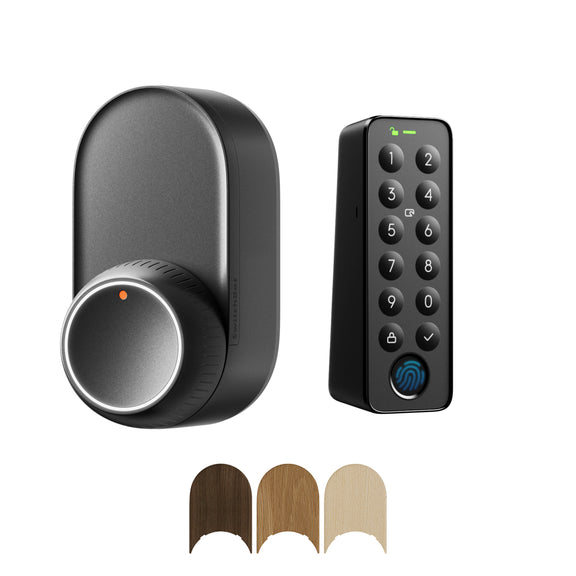Unlocking the Mystery: Discover the Secrets of Lock Keypads and Their Hidden Benefits!
In an age where security and convenience go hand in hand, lock keypads have emerged as an increasingly popular solution for safeguarding our homes and businesses. Unlike traditional locks that require physical keys, lock keypads offer a modern alternative that not only enhances security but also simplifies access control. In this article, we will delve into the world of lock keypads, exploring their components, functionality, and the myriad benefits they bring. Whether you are considering a lock keypad for your front door or for a business entry point, you’ll discover why this technology is becoming the go-to choice for many property owners.

What Are Lock Keypads?
Lock keypads are electronic locking mechanisms that utilize a keypad for entry instead of a traditional key. These devices typically consist of a numeric keypad, a locking mechanism, and sometimes additional features like LED displays or backlighting. The keypad allows users to enter a unique code to unlock the door, providing a keyless entry solution that is both secure and convenient. There are various types of lock keypads available on the market, ranging from simple numerical keypads to advanced models equipped with fingerprint scanners or Bluetooth connectivity. Depending on your needs, you can find a lock keypad that integrates seamlessly into your existing security system.
How Do Lock Keypads Work?
Lock keypads function through a series of electronic components that work in tandem to secure entry points. When a user inputs their code on the keypad, the device processes the information through an internal microcontroller. If the code matches the one stored in the system, the locking mechanism is disengaged, allowing the door to open. Many lock keypads also feature additional security options, such as timed locking and alarm systems, which enhance the level of protection. The technology behind keypads often includes encryption to protect against unauthorized access, making them a reliable choice for both residential and commercial applications. A friend of mine recently installed a lock keypad at their office, and they were impressed by how quickly and easily it integrated with their existing security measures.
Advantages of Using Lock Keypads
The advantages of lock keypads are numerous, making them an attractive option for both homeowners and business owners. One of the most significant benefits is increased security; since there are no physical keys that can be lost or duplicated, the risk of unauthorized access is greatly reduced. Additionally, lock keypads offer unparalleled convenience. No more fumbling for keys in your bag or pockets—simply enter your code and go. This feature is particularly beneficial in high-traffic areas, such as offices, where quick access is essential. Furthermore, lock keypads can often be programmed to restrict access to certain individuals, providing an additional layer of control over who can enter a space. In residential settings, I’ve seen families enjoy the peace of mind that comes with knowing their home is secure, while also appreciating the ease of letting guests in without needing to provide a physical key.
Common Misconceptions About Lock Keypads
Despite their many benefits, there are some common misconceptions about lock keypads that can deter potential users. One prevalent myth is that keypads are less secure than traditional locks. In reality, many lock keypads are equipped with advanced security features that make them highly secure. For instance, some models include tamper alarms or the ability to change codes regularly, further enhancing security. Another misconception is that lock keypads are complicated to use. However, most keypads are designed with user-friendliness in mind, making them accessible for individuals of all ages. My friend’s elderly parents were hesitant at first, but after a brief tutorial, they found the keypad easy to use and were thrilled with the convenience it offered.
Modern Security Solutions Through Lock Keypads
In conclusion, lock keypads represent a modern solution to the age-old issue of securing our spaces. With their unique design, functionality, and numerous advantages, they provide an effective alternative to traditional locking mechanisms. From enhanced security and convenience to keyless entry and access control, lock keypads cater to a wide range of needs for both residential and commercial users. As you consider your options for securing your property, think about the benefits of integrating a lock keypad into your security strategy. Embrace the future of security and enjoy the peace of mind that comes with a lock keypad.
